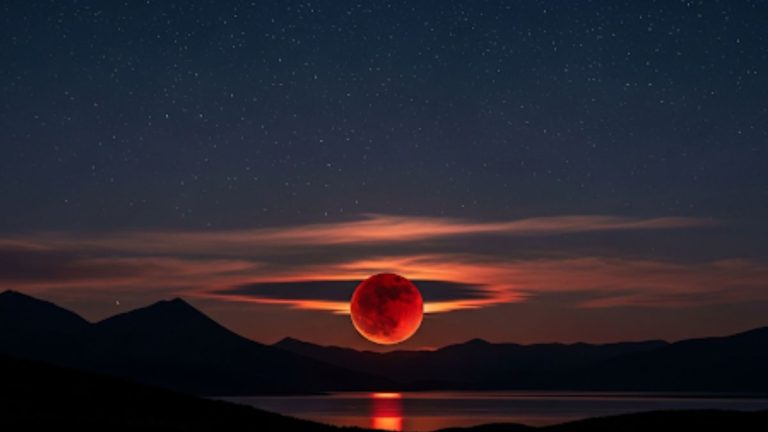
The history of Valentine’s Day is not as straightforward as it appears. It has roots in ancient Rome and a variety of Christian traditions.
In Ancient Rome, the Feast of Lupercalia was held in mid-February. This fertility celebration was marked with the sacrifice of goats and dogs, and the ritual beheading of two members of the Luperci, an order of Roman priests.
The Catholic Church moved the celebration for St. Valentine to February 14th, which some believe was done to Christianize the pagan festival. This religious ceremony honored two different saints named Valentine.

Valentine’s Day first became associated with love and romance in the 14th century with the rise of courtly love in England. This era saw the emergence of chivalry and gallantry, qualities that were often expressed through poems and cards given to loved ones.
Today, Valentine’s Day remains a popular holiday across cultures and religions. While the day is often seen as a primarily romantic day of celebration, it is also a day to honor close friends and family.
Valentine’s Day is celebrated in various ways around the world. Common traditions include expressing love to special someone’s with cards and gifts, such as boxes of chocolates and bouquets of flowers.
In France, it is traditional to write love letters and poems to those special to you. Additionally, couples often exchange tokens of love such as jewelry or perfume. A popular French dish served on Valentine’s Day is oysters, believed to be an aphrodisiac.

In Japan, Valentine’s Day is celebrated mainly among women giving chocolate to the men in their lives. The following month, on White Day, the men reciprocate with gifts of white chocolate or marshmallows.
In Brazil, the celebration of love takes place on the evening of June 12th. It is customary to write poems and love letters to one’s beloved, in addition to exchanging gifts.
In recent years, Valentine’s Day has become more widely celebrated across the world. More than just a day of romance, it is a day to express love and appreciation for all those special to us.
However, in India every year on Valentine’s Day, couples in India are targeted by police and right-wing groups. This is due to the conservative nature of Indian society, which frowns upon public displays of affection between unmarried couples.

Furthermore, traditionalists believe that these displays of affection are against Indian culture and traditions. As a result, couples are often shamed, harassed, and even arrested for public displays of affection on Valentine’s Day. In addition, some right-wing groups have taken it upon themselves to patrol the streets on Valentine’s Day, looking for couples who are celebrating the holiday and punishing them for it. All of this contributes to an environment of fear and oppression for couples in India on Valentine’s Day.



